Researchers at This Base in Antarctica Eat Better Than You Do
And the chef does it with just one food shipment a year.
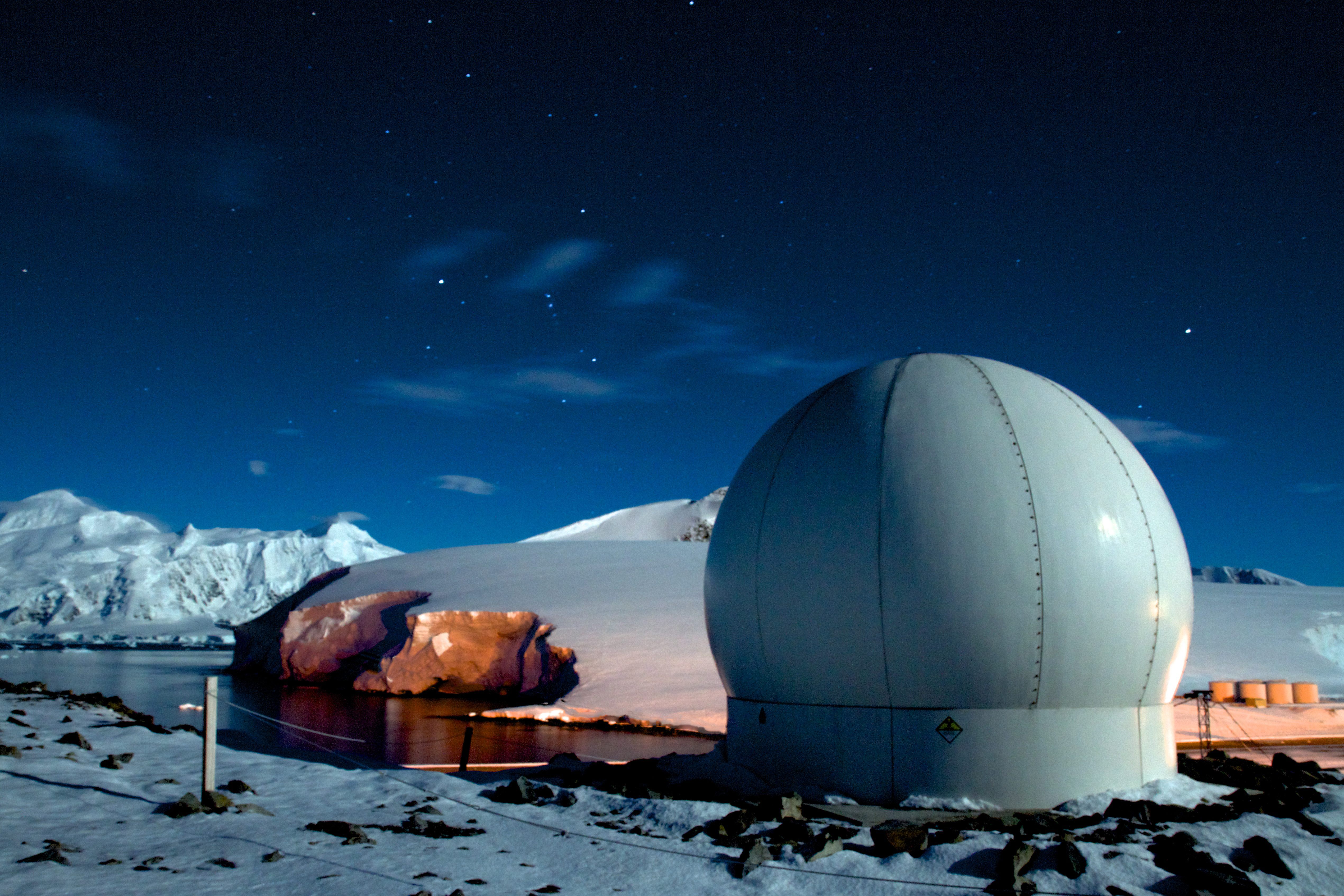
In July of 2018, Lewis Georgiades ran out of mayonnaise. The British chef has cooked everywhere from small, family-run establishments to Michelin star restaurants in France. He knows how to problem-solve. At any other kitchen, Georgiades might have offered a nice olive oil and vinegar as a substitute, while a coworker ran out to buy a tub of mayo. But such spur-of-the-moment solutions were impossible this time.
That’s because Chef Georgiades’s kitchen is in Antarctica: at the British Antarctic Survey’s Rothera Research Station. At a latitude of 67 degrees south, July is the dead of winter. Georgiades had tried to warn his diners as they piled mayo high on their plates. They didn’t listen. The next food delivery was three months away.
At Rothera, the population of more than 100 Antarctic researchers and support staff plummets to around 20 when winter hits and cuts the base off from the outside world. Sunlight is a fleeting and peripheral commodity. For about two months each year, the sun never comes above the horizon. Working at Rothera means total isolation from family, friends, and normalcy.
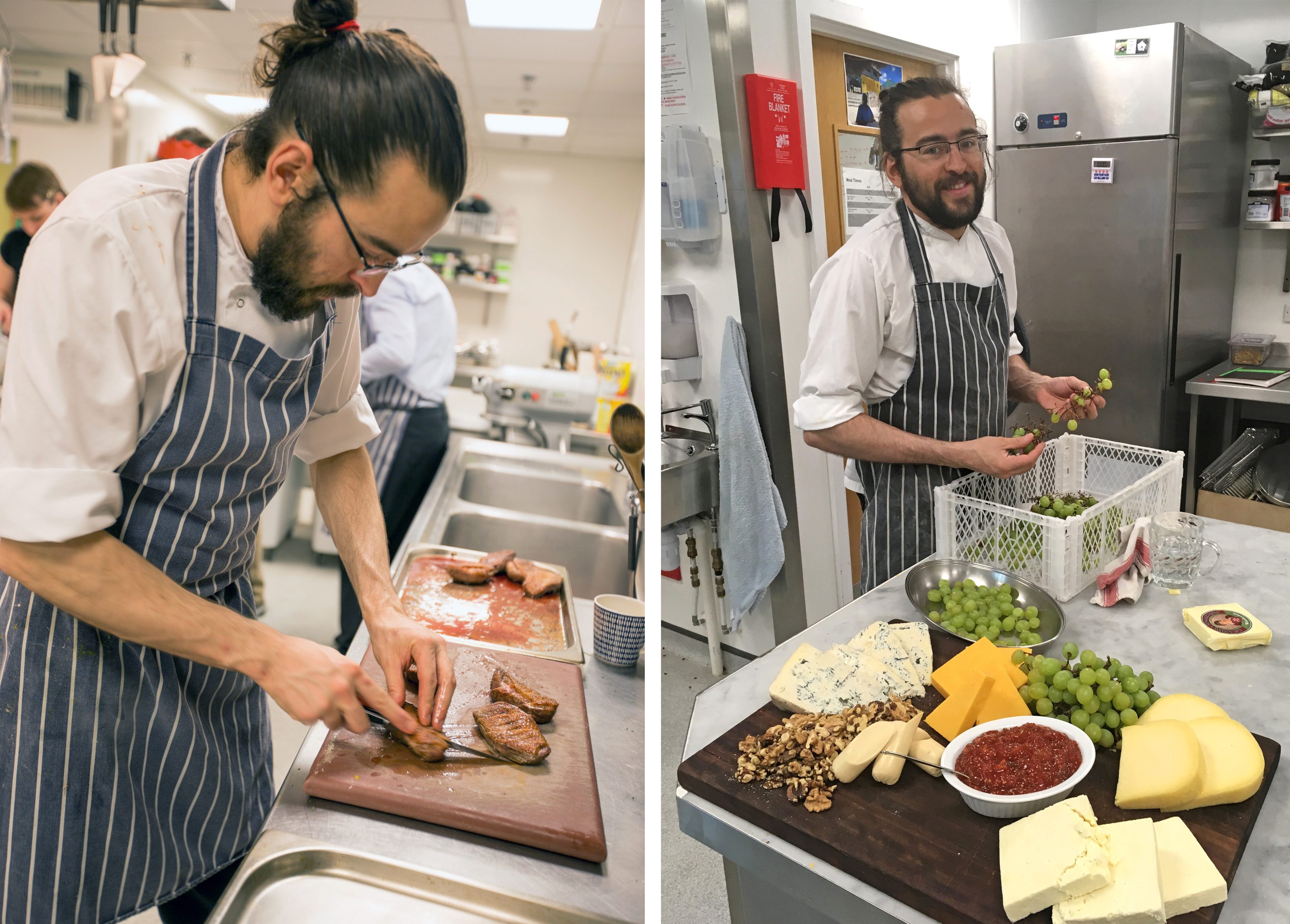
It also means no local produce, no easy delivery of fresh meat, and no trips to the market to purchase herbs, garnishes, or trending ingredients. But that doesn’t stop seasoned chefs from spending anywhere from six months to many years in an Antarctic kitchen. Why? Because cheffing at Rothera gets to the core of why they cook.
“It’s a completely different world, and one far from that of TripAdvisor and food critics,” Georgiades says. “Instead, it’s all about the very basic need of providing good food in order to make people’s day. And keep them happy, and give them a sense of comfort and home through food … That’s what drives me.” At Rothera, there’s one kitchen and nowhere else to eat. The food better be good.
Moroccan tagines. Burritos. Fish and chips. Lamb stew and dumplings. Thai fish curries. This may sound like the offerings available along a stretch of restaurants in London. But it’s actually a sampling of a typical weekly menu available to Rothera’s multinational crew. “Then tomorrow we’re having slow-braised beef bourguignon with caramelized onion mash, fine green beans, and a bitter chocolate tart to finish,” says Georgiades. It’s a big step up from Antarctic explorers Ernest Shackleton and Tom Crean eating seal, dog meat, and biscuits mixed with melted snow during the infamous Trans-Antarctic Expedition of 1914.

Georgiades’s four-person kitchen staff has worked in high-end and Michelin star restaurants from London to the French Alps. They are head chefs, bakers, caterers, and culinary college instructors. Together, they host Sunday roasts (a tradition in England) and full-fledged Thanksgiving dinners. They even celebrate regional holidays such as the pancake-laden Mardi Gras feast of Shrove Tuesday and Burns Night, a birthday party for Scottish poet Robert Burns, complete with haggis, the infamous sheep’s organ pudding.
But this variety requires detailed planning. Whereas most chefs track inventory and place food orders daily or weekly, Georgiades only gets one shot to get everything perfect. Because at Rothera, the food shipment comes once annually. By the time Georgiades ran out of mayo, the wintertime air was cold enough to turn jet fuel into jelly, and Rothera had undergone its seasonal transformation from a summertime Antarctic port to an ice-bound and isolated tundra. The ship carrying the coming year’s supplies can only arrive at the discretion of the melt. Then, it’s all-hands-on-deck for a week as the entire Rothera crew helps unload all their food for the next year, dividing the bounty between multiple storage locations to ensure emergency reserves in case of a fire or other disaster.

To plan for the coming year, Georgiades calculates “bed nights.” These are the total number of days each crew member will be on base analyzing data—on climate change, species adaptation, and more—rather than out in the field on Ski-Doos or in cold-water scuba gear collecting samples. Then he considers cuisine variety, special occasions, and dietary restrictions. This season alone, the crew has 23 vegetarians, two vegans, two gluten-free individuals, one person who keeps Halal, and two with nut allergies.
Georgiades isn’t above a little sleuthing to bring some excitement to the Rothera menu. During the warm season, he jumps on deck of passing ships to haggle. “It always makes me feel like a bit of a pirate when I board the ships,” Georgiades says. He’s bartered for antelope meat from South African researchers. He’s resupplied Rothera with peanut butter from an American crew that asked only for English Tea in return. “I’ve really been quite pushy with them,” Georgiades admits. He even managed to get some Magnum ice cream bars one season. “I brought them out months later, and the guys went nuts,” he says.
Despite Georgiades’s procurement tactics, meals can get mundane months after passing ships have been iced out of Rothera’s frigid and lonely community. Access to fresh fruits and vegetables, which the team longingly refers to as “freshies,” is painfully limited. One warm season, after receiving a shipment of the treasured freshies, Georgiades took a risk. “It started with an avocado,” he says. He packed up the fresh fruit and shoved it in the freezer. Then he did the same with cherry tomatoes, coriander, and other herbs. Then, months later, Georgiades served guacamole to the Rothera crew. “To see something so green and vibrant does something incredibly good for the soul when you’ve been living off tinned veg for so long.”
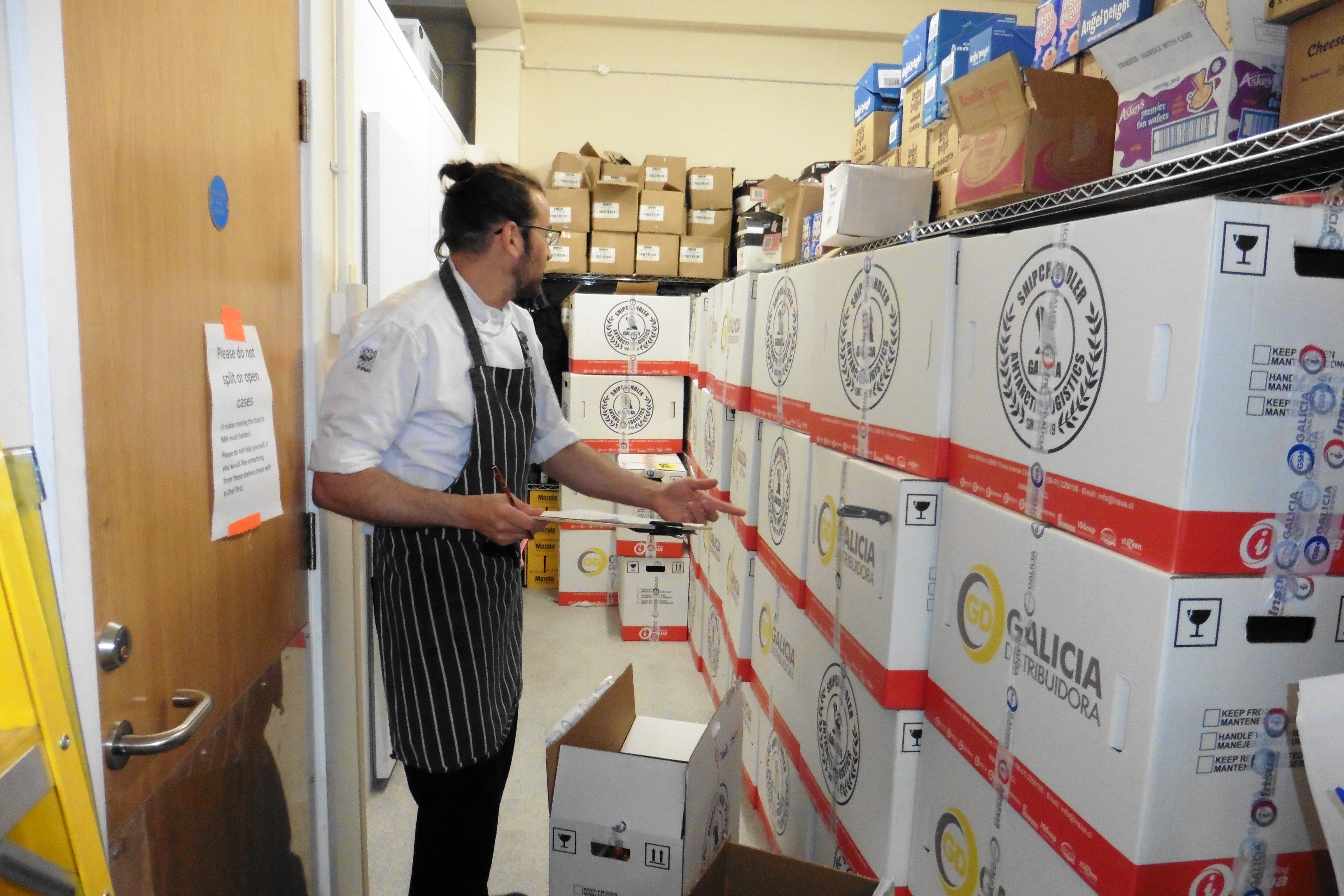
It isn’t just the vibrancy of the food that warms the soul during Antarctic winters. When you live and work in isolation, community gatherings and daily rituals take on added importance. To meet both the physical and emotional needs of Rothera’s crew, the kitchen staff provide five meals a day: the holy trinity, plus two “smokos.” These quick meals take their name from their historic purpose: a midday break when weathered explorers would warm up over a hot drink, a snack, and their daily tobacco ration. Today, it’s all about calories and community—the tobacco has been swapped for piping hot soup, fresh sourdough, and homemade pastries, cakes, and biscuits. Scientists and support staff convene over coffee and crosswords. Most meals are similarly casual, but on Saturday evenings, the crew finds the dining area transformed from a canteen into a high-end restaurant environment, with white tablecloths, bread baskets, candles, wine, cheese, and meals stretching up to 12 courses.
For the chefs, cooking at Rothera is more than a culinary challenge. It’s an opportunity to be part of a one-of-a-kind community, both within and beyond the kitchen. Here, your colleagues are also your doctors, your mechanics, your friends, your emotional support, your guides. And the happiness of the crewmembers relies on their willingness to share their passions with others on base. Field guides take curious staff to ski or ice climb. The mechanic teaches others how to weld. The crew’s backgrounds, skills, and interests vary widely. “Despite this, we all share the same goal,” says Georgiades. “We want to be part of something both unique and incredible. And that is why we take a chance on leaving everything behind to live and work in Antarctica.”

After three and a half years in the Antarctic tundra, Chef Georgiades is preparing to move on from Rothera. But he’s leaving Rothera’s kitchen, and community, in good hands. Chef and patissier Daniel Stojanovic will take over the Rothera kitchen. “I really liked the idea of cooking for a station, a community, a large team of people,” he says. His new menu ideas include seared scallops with black pudding and apple, and classic French pastries such as tarte au citron. Cooking at Rothera is Stojanovic’s way of supporting polar research and being part of the scientific community. “Here,” he says, “I cook for my friends.”
It’s a bittersweet departure for Chef Georgiades, now 38. Though he admits he’s excited to cook with fresh produce again, that’s not the only thing driving him to make the change. “There’s only so long that you can look at the same ingredients and stores before starting to run out of ideas,” Georgiades says. “And that’s not fair on the staff.”
Gastro Obscura covers the world’s most wondrous food and drink.
Sign up for our regular newsletter.



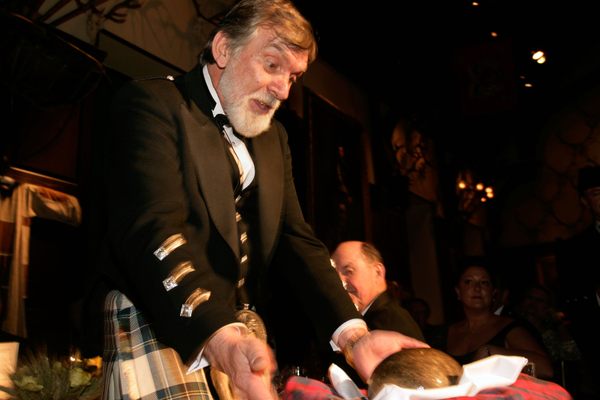
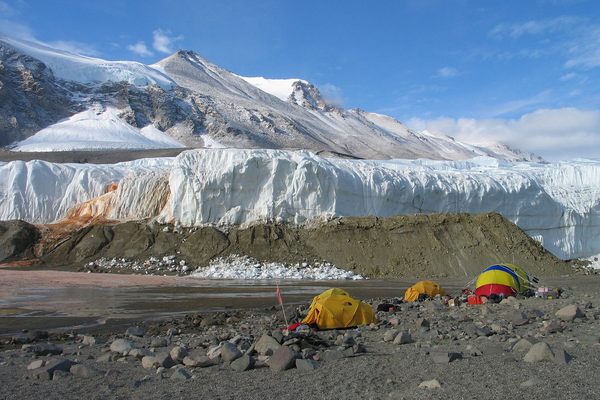
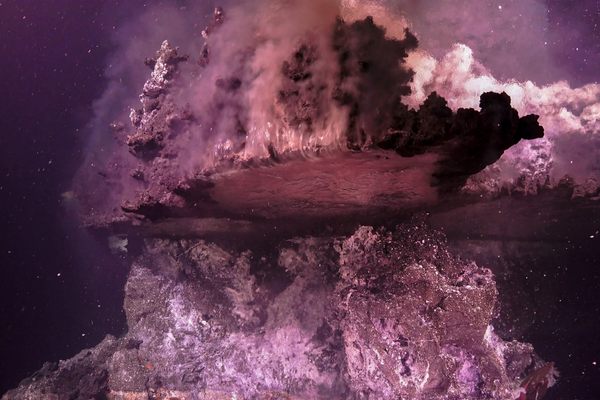



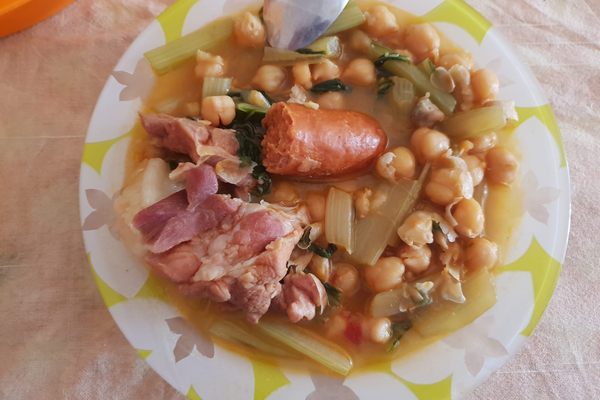

























Follow us on Twitter to get the latest on the world's hidden wonders.
Like us on Facebook to get the latest on the world's hidden wonders.
Follow us on Twitter Like us on Facebook